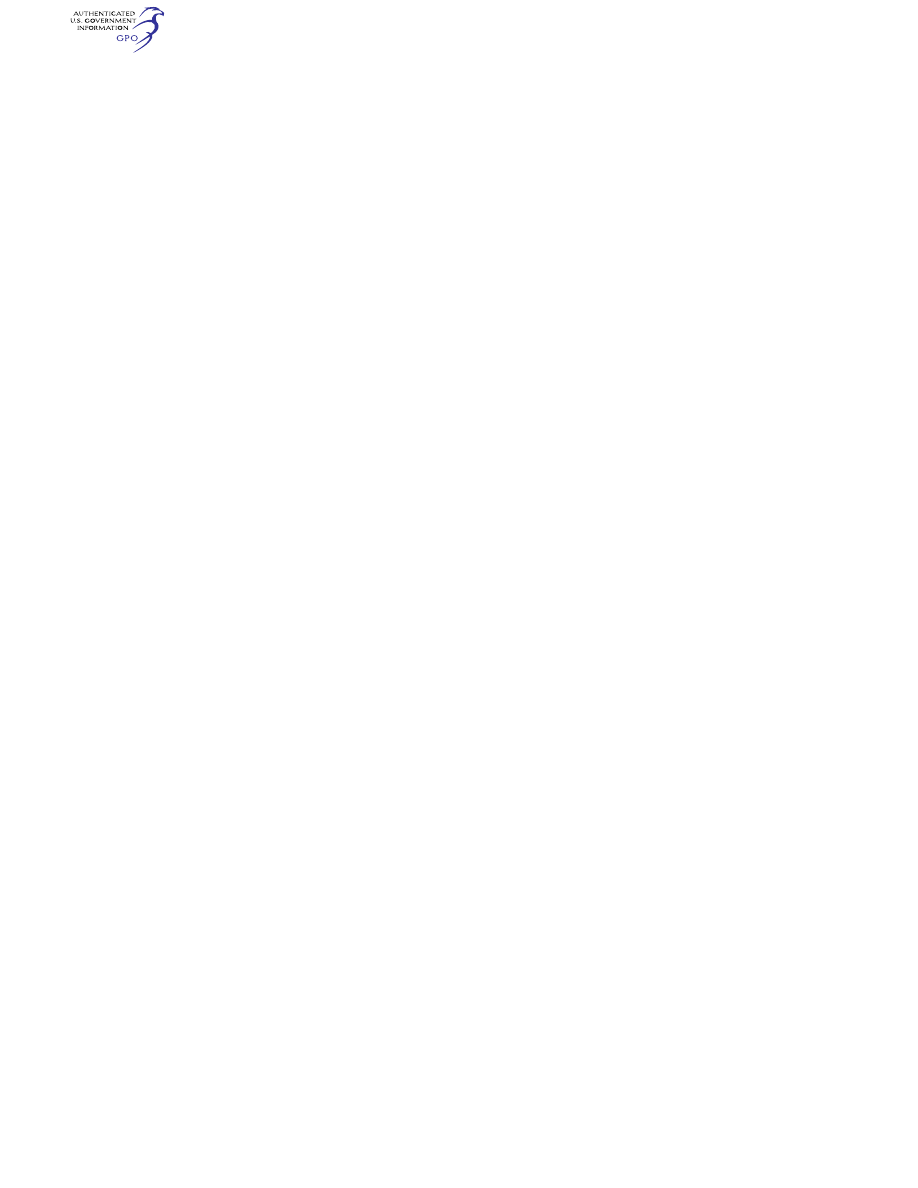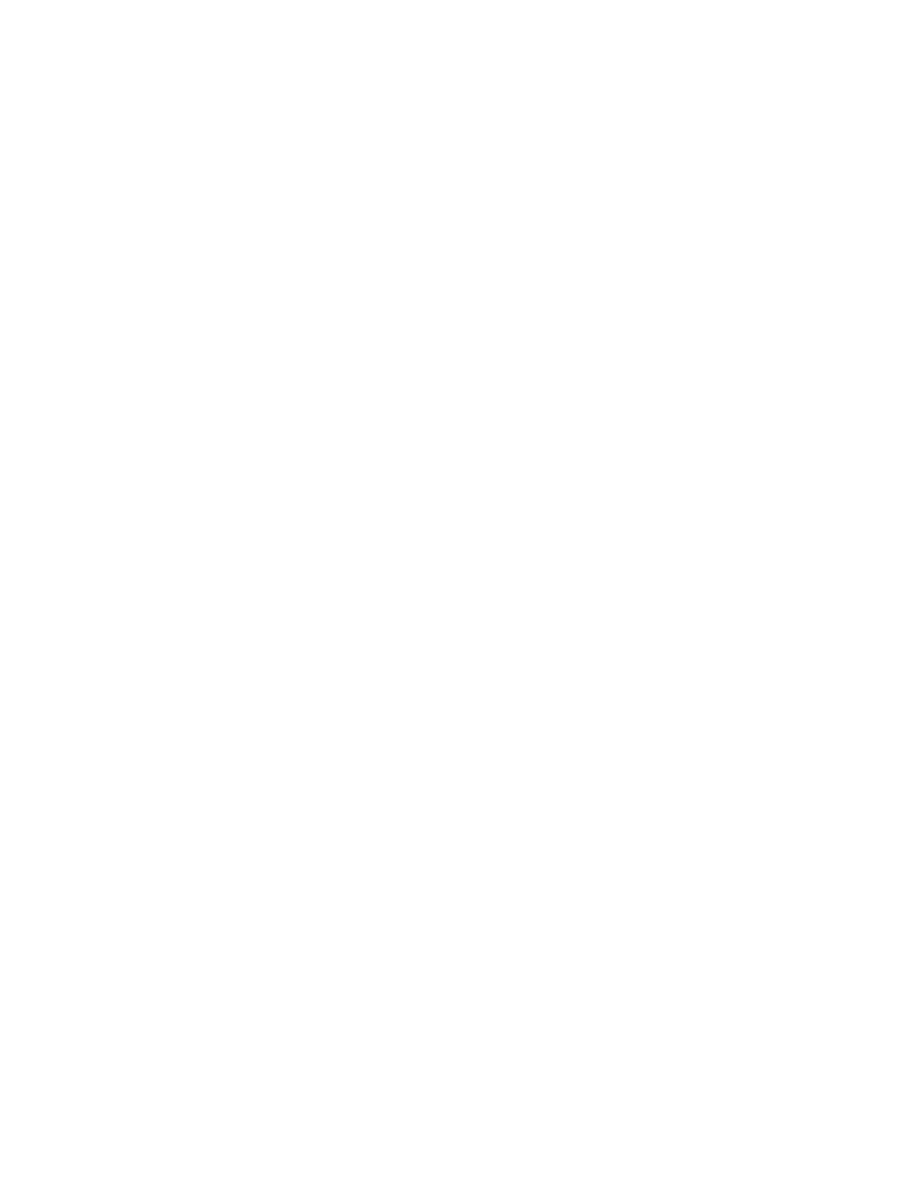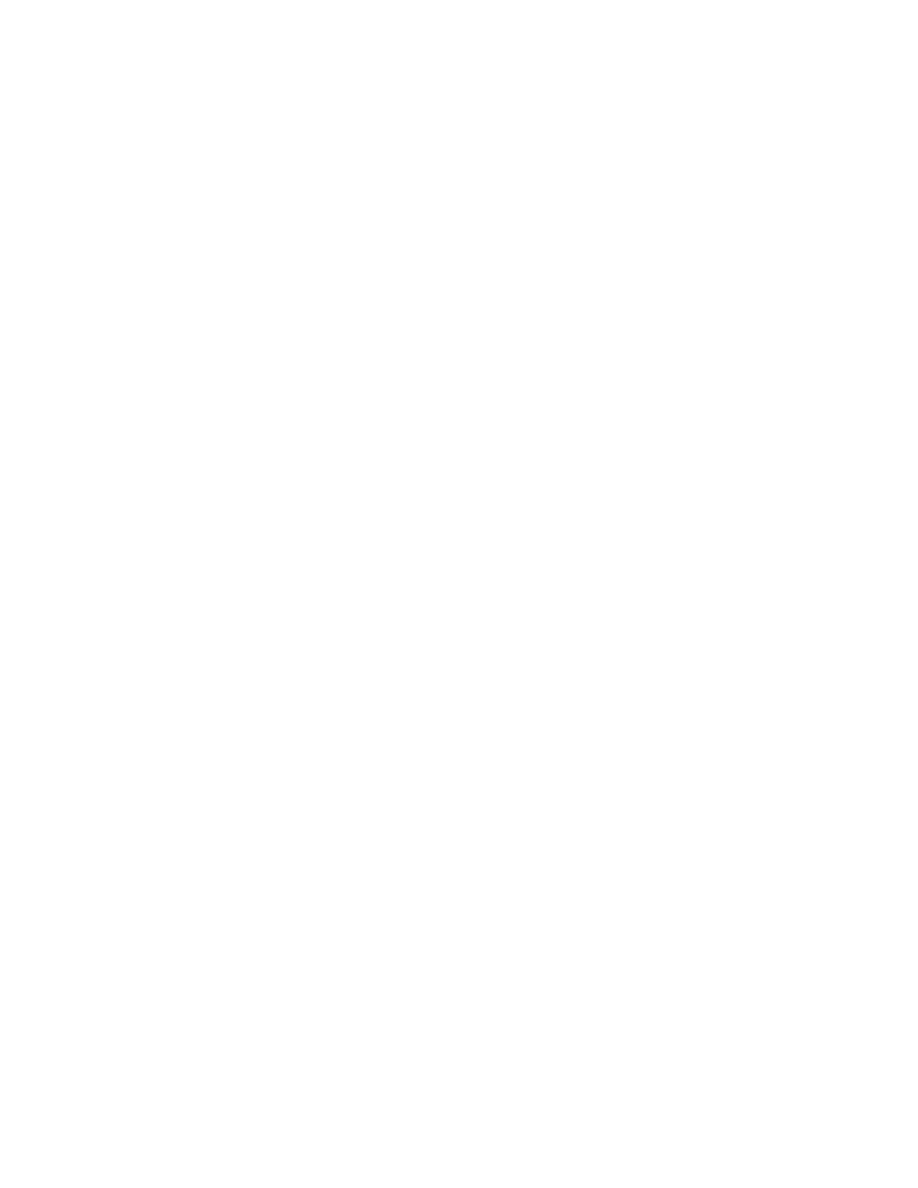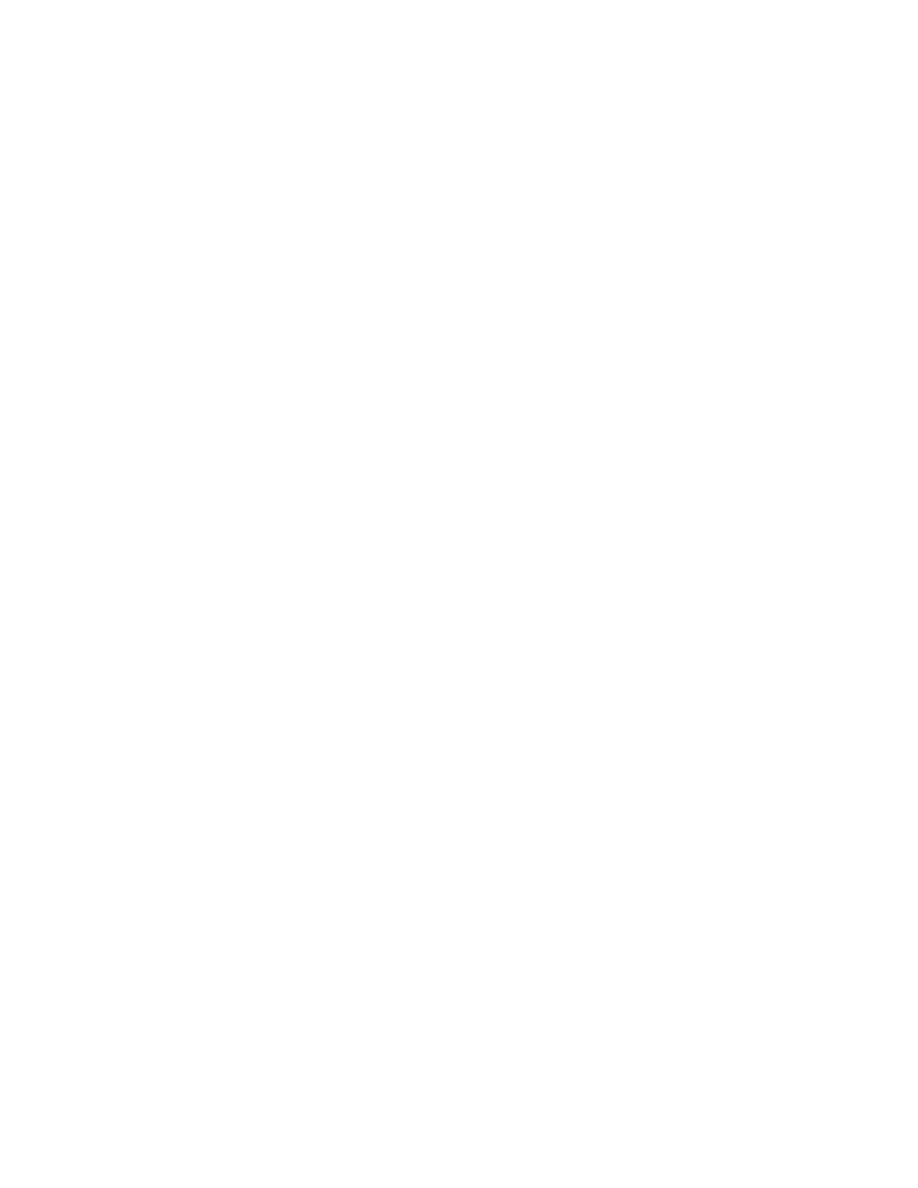
709
Federal Aviation Administration, DOT
§ 33.49
occur within the endurance limit stress
of the material.
(c) Each accessory drive and mount-
ing attachment must be loaded, with
the loads imposed by each accessory
used only for an aircraft service being
the limit load specified by the appli-
cant for the drive or attachment point.
(d) The vibration survey described in
paragraph (a) of this section must be
repeated with that cylinder not firing
which has the most adverse vibration
effect, in order to establish the condi-
tions under which the engine can be op-
erated safely in that abnormal state.
However, for this vibration survey, the
engine speed range need only extend
from idle to the maximum desired
takeoff speed, and compliance with
paragraph (b) of this section need not
be shown.
[Amdt. 33–6, 39 FR 35465, Oct. 1, 1974, as
amended by Amdt. 33–10, 49 FR 6851, Feb. 23,
1984]
§ 33.45
Calibration tests.
(a) Each engine must be subjected to
the calibration tests necessary to es-
tablish its power characteristics and
the conditions for the endurance test
specified in § 33.49. The results of the
power characteristics calibration tests
form the basis for establishing the
characteristics of the engine over its
entire operating range of crankshaft
rotational speeds, manifold pressures,
fuel/air mixture settings, and altitudes.
Power ratings are based upon standard
atmospheric conditions with only those
accessories installed which are essen-
tial for engine functioning.
(b) A power check at sea level condi-
tions must be accomplished on the en-
durance test engine after the endur-
ance test. Any change in power charac-
teristics which occurs during the en-
durance test must be determined.
Measurements taken during the final
portion of the endurance test may be
used in showing compliance with the
requirements of this paragraph.
[Doc. No. 3025, 29 FR 7453, June 10, 1964, as
amended by Amdt. 33–6, 39 FR 35465, Oct. 1,
1974]
§ 33.47
Detonation test.
Each engine must be tested to estab-
lish that the engine can function with-
out detonation throughout its range of
intended conditions of operation.
§ 33.49
Endurance test.
(a)
General. Each engine must be sub-
jected to an endurance test that in-
cludes a total of 150 hours of operation
(except as provided in paragraph
(e)(1)(iii) of this section) and, depend-
ing upon the type and contemplated
use of the engine, consists of one of the
series of runs specified in paragraphs
(b) through (e) of this section, as appli-
cable. The runs must be made in the
order found appropriate by the Admin-
istrator for the particular engine being
tested. During the endurance test the
engine power and the crankshaft rota-
tional speed must be kept within
±
3
percent of the rated values. During the
runs at rated takeoff power and for at
least 35 hours at rated maximum con-
tinuous power, one cylinder must be
operated at not less than the limiting
temperature, the other cylinders must
be operated at a temperature not lower
than 50 degrees F. below the limiting
temperature, and the oil inlet tempera-
ture must be maintained within
±
10 de-
grees F. of the limiting temperature.
An engine that is equipped with a pro-
peller shaft must be fitted for the en-
durance test with a propeller that
thrust-loads the engine to the max-
imum thrust which the engine is de-
signed to resist at each applicable op-
erating condition specified in this sec-
tion. Each accessory drive and mount-
ing attachment must be loaded. During
operation at rated takeoff power and
rated maximum continuous power, the
load imposed by each accessory used
only for an aircraft service must be the
limit load specified by the applicant
for the engine drive or attachment
point.
(b)
Unsupercharged engines and en-
gines incorporating a gear-driven single-
speed supercharger. For engines not in-
corporating a supercharger and for en-
gines incorporating a gear-driven sin-
gle-speed supercharger the applicant
must conduct the following runs:
(1) A 30-hour run consisting of alter-
nate periods of 5 minutes at rated take-
off power with takeoff speed, and 5
minutes at maximum best economy
cruising power or maximum rec-
ommended cruising power.
VerDate Sep<11>2014
09:06 Jun 28, 2024
Jkt 262046
PO 00000
Frm 00719
Fmt 8010
Sfmt 8010
Y:\SGML\262046.XXX
262046
jspears on DSK121TN23PROD with CFR

710
14 CFR Ch. I (1–1–24 Edition)
§ 33.49
(2) A 20-hour run consisting of alter-
nate periods of 1
1
⁄
2
hours at rated max-
imum continuous power with max-
imum continuous speed, and
1
⁄
2
hour at
75 percent rated maximum continuous
power and 91 percent maximum contin-
uous speed.
(3) A 20-hour run consisting of alter-
nate periods of 1
1
⁄
2
hours at rated max-
imum continuous power with max-
imum continuous speed, and
1
⁄
2
hour at
70 percent rated maximum continuous
power and 89 percent maximum contin-
uous speed.
(4) A 20-hour run consisting of alter-
nate periods of 1
1
⁄
2
hours at rated max-
imum continuous power with max-
imum continuous speed, and
1
⁄
2
hour at
65 percent rated maximum continuous
power and 87 percent maximum contin-
uous speed.
(5) A 20-hour run consisting of alter-
nate periods of 1
1
⁄
2
hours at rated max-
imum continuous power with max-
imum continuous speed, and
1
⁄
2
hour at
60 percent rated maximum continuous
power and 84.5 percent maximum con-
tinuous speed.
(6) A 20-hour run consisting of alter-
nate periods of 1
1
⁄
2
hours at rated max-
imum continuous power with max-
imum continuous speed, and
1
⁄
2
hour at
50 percent rated maximum continuous
power and 79.5 percent maximum con-
tinuous speed.
(7) A 20-hour run consisting of alter-
nate periods of 2
1
⁄
2
hours at rated max-
imum continuous power with max-
imum continuous speed, and 2
1
⁄
2
hours
at maximum best economy cruising
power or at maximum recommended
cruising power.
(c)
Engines incorporating a gear-driven
two-speed supercharger. For engines in-
corporating a gear-driven two-speed su-
percharger the applicant must conduct
the following runs:
(1) A 30-hour run consisting of alter-
nate periods in the lower gear ratio of
5 minutes at rated takeoff power with
takeoff speed, and 5 minutes at max-
imum best economy cruising power or
at maximum recommended cruising
power. If a takeoff power rating is de-
sired in the higher gear ratio, 15 hours
of the 30-hour run must be made in the
higher gear ratio in alternate periods
of 5 minutes at the observed horse-
power obtainable with the takeoff crit-
ical altitude manifold pressure and
takeoff speed, and 5 minutes at 70 per-
cent high ratio rated maximum contin-
uous power and 89 percent high ratio
maximum continuous speed.
(2) A 15-hour run consisting of alter-
nate periods in the lower gear ratio of
1 hour at rated maximum continuous
power with maximum continuous
speed, and
1
⁄
2
hour at 75 percent rated
maximum continuous power and 91 per-
cent maximum continuous speed.
(3) A 15-hour run consisting of alter-
nate periods in the lower gear ratio of
1 hour at rated maximum continuous
power with maximum continuous
speed, and
1
⁄
2
hour at 70 percent rated
maximum continuous power and 89 per-
cent maximum continuous speed.
(4) A 30-hour run in the higher gear
ratio at rated maximum continuous
power with maximum continuous
speed.
(5) A 5-hour run consisting of alter-
nate periods of 5 minutes in each of the
supercharger gear ratios. The first 5
minutes of the test must be made at
maximum continuous speed in the
higher gear ratio and the observed
horsepower obtainable with 90 percent
of maximum continuous manifold pres-
sure in the higher gear ratio under sea
level conditions. The condition for op-
eration for the alternate 5 minutes in
the lower gear ratio must be that ob-
tained by shifting to the lower gear
ratio at constant speed.
(6) A 10-hour run consisting of alter-
nate periods in the lower gear ratio of
1 hour at rated maximum continuous
power with maximum continuous
speed, and 1 hour at 65 percent rated
maximum continuous power and 87 per-
cent maximum continuous speed.
(7) A 10-hour run consisting of alter-
nate periods in the lower gear ratio of
1 hour at rated maximum continuous
power with maximum continuous
speed, and 1 hour at 60 percent rated
maximum continuous power and 84.5
percent maximum continuous speed.
(8) A 10-hour run consisting of alter-
nate periods in the lower gear ratio of
1 hour at rated maximum continuous
power with maximum continuous
speed, and 1 hour at 50 percent rated
maximum continuous power and 79.5
percent maximum continuous speed.
VerDate Sep<11>2014
09:06 Jun 28, 2024
Jkt 262046
PO 00000
Frm 00720
Fmt 8010
Sfmt 8010
Y:\SGML\262046.XXX
262046
jspears on DSK121TN23PROD with CFR

711
Federal Aviation Administration, DOT
§ 33.49
(9) A 20-hour run consisting of alter-
nate periods in the lower gear ratio of
2 hours at rated maximum continuous
power with maximum continuous
speed, and 2 hours at maximum best
economy cruising power and speed or
at maximum recommended cruising
power.
(10) A 5-hour run in the lower gear
ratio at maximum best economy cruis-
ing power and speed or at maximum
recommended cruising power and
speed.
Where simulated altitude test equip-
ment is not available when operating
in the higher gear ratio, the runs may
be made at the observed horsepower ob-
tained with the critical altitude mani-
fold pressure or specified percentages
thereof, and the fuel-air mixtures may
be adjusted to be rich enough to sup-
press detonation.
(d)
Helicopter engines. To be eligible
for use on a helicopter each engine
must either comply with paragraphs
(a) through (j) of § 29.923 of this chap-
ter, or must undergo the following se-
ries of runs:
(1) A 35-hour run consisting of alter-
nate periods of 30 minutes each at
rated takeoff power with takeoff speed,
and at rated maximum continuous
power with maximum continuous
speed.
(2) A 25-hour run consisting of alter-
nate periods of 2
1
⁄
2
hours each at rated
maximum continuous power with max-
imum continuous speed, and at 70 per-
cent rated maximum continuous power
with maximum continuous speed.
(3) A 25-hour run consisting of alter-
nate periods of 2
1
⁄
2
hours each at rated
maximum continuous power with max-
imum continuous speed, and at 70 per-
cent rated maximum continuous power
with 80 to 90 percent maximum contin-
uous speed.
(4) A 25-hour run consisting of alter-
nate periods of 2
1
⁄
2
hours each at 30 per-
cent rated maximum continuous power
with takeoff speed, and at 30 percent
rated maximum continuous power with
80 to 90 percent maximum continuous
speed.
(5) A 25-hour run consisting of alter-
nate periods of 2
1
⁄
2
hours each at 80 per-
cent rated maximum continuous power
with takeoff speed, and at either rated
maximum continuous power with 110
percent maximum continuous speed or
at rated takeoff power with 103 percent
takeoff speed, whichever results in the
greater speed.
(6) A 15-hour run at 105 percent rated
maximum continuous power with 105
percent maximum continuous speed or
at full throttle and corresponding
speed at standard sea level carburetor
entrance pressure, if 105 percent of the
rated maximum continuous power is
not exceeded.
(e)
Turbosupercharged engines. For en-
gines incorporating a turbo-
supercharger the following apply ex-
cept that altitude testing may be simu-
lated provided the applicant shows that
the engine and supercharger are being
subjected to mechanical loads and op-
erating temperatures no less severe
than if run at actual altitude condi-
tions:
(1) For engines used in airplanes the
applicant must conduct the runs speci-
fied in paragraph (b) of this section, ex-
cept—
(i) The entire run specified in para-
graph (b)(1) of this section must be
made at sea level altitude pressure;
(ii) The portions of the runs specified
in paragraphs (b)(2) through (7) of this
section at rated maximum continuous
power must be made at critical alti-
tude pressure, and the portions of the
runs at other power must be made at
8,000 feet altitude pressure; and
(iii) The turbosupercharger used dur-
ing the 150-hour endurance test must
be run on the bench for an additional 50
hours at the limiting turbine wheel
inlet gas temperature and rotational
speed for rated maximum continuous
power operation unless the limiting
temperature and speed are maintained
during 50 hours of the rated maximum
continuous power operation.
(2) For engines used in helicopters
the applicant must conduct the runs
specified in paragraph (d) of this sec-
tion, except—
(i) The entire run specified in para-
graph (d)(1) of this section must be
made at critical altitude pressure;
(ii) The portions of the runs specified
in paragraphs (d)(2) and (3) of this sec-
tion at rated maximum continuous
power must be made at critical alti-
tude pressure and the portions of the
VerDate Sep<11>2014
09:06 Jun 28, 2024
Jkt 262046
PO 00000
Frm 00721
Fmt 8010
Sfmt 8010
Y:\SGML\262046.XXX
262046
jspears on DSK121TN23PROD with CFR

712
14 CFR Ch. I (1–1–24 Edition)
§ 33.51
runs at other power must be made at
8,000 feet altitude pressure;
(iii) The entire run specified in para-
graph (d)(4) of this section must be
made at 8,000 feet altitude pressure;
(iv) The portion of the runs specified
in paragraph (d)(5) of this section at 80
percent of rated maximum continuous
power must be made at 8,000 feet alti-
tude pressure and the portions of the
runs at other power must be made at
critical altitude pressure;
(v) The entire run specified in para-
graph (d)(6) of this section must be
made at critical altitude pressure; and
(vi) The turbosupercharger used dur-
ing the endurance test must be run on
the bench for 50 hours at the limiting
turbine wheel inlet gas temperature
and rotational speed for rated max-
imum continuous power operation un-
less the limiting temperature and
speed are maintained during 50 hours of
the rated maximum continuous power
operation.
[Amdt. 33–3, 32 FR 3736, Mar. 4, 1967, as
amended by Amdt. 33–6, 39 FR 35465, Oct. 1,
1974; Amdt. 33–10, 49 FR 6851, Feb. 23, 1984]
§ 33.51
Operation test.
The operation test must include the
testing found necessary by the Admin-
istrator to demonstrate backfire char-
acteristics, starting, idling, accelera-
tion, overspeeding, functioning of pro-
peller and ignition, and any other oper-
ational characteristic of the engine. If
the engine incorporates a multispeed
supercharger drive, the design and con-
struction must allow the supercharger
to be shifted from operation at the
lower speed ratio to the higher and the
power appropriate to the manifold
pressure and speed settings for rated
maximum continuous power at the
higher supercharger speed ratio must
be obtainable within five seconds.
[Doc. No. 3025, 29 FR 7453, June 10, 1964, as
amended by Amdt. 33–3, 32 FR 3737, Mar. 4,
1967]
§ 33.53
Engine system and component
tests.
(a) For those systems and compo-
nents that cannot be adequately sub-
stantiated in accordance with endur-
ance testing of § 33.49, the applicant
must conduct additional tests to dem-
onstrate that systems or components
are able to perform the intended func-
tions in all declared environmental and
operating conditions.
(b) Temperature limits must be es-
tablished for each component that re-
quires temperature controlling provi-
sions in the aircraft installation to as-
sure satisfactory functioning, reli-
ability, and durability.
[Doc. No. 3025, 29 FR 7453, June 10, 1964, as
amended by Amdt. 33–26, 73 FR 48285, Aug. 19,
2008]
§ 33.55
Teardown inspection.
After completing the endurance
test—
(a) Each engine must be completely
disassembled;
(b) Each component having an ad-
justment setting and a functioning
characteristic that can be established
independent of installation on the en-
gine must retain each setting and func-
tioning characteristic within the limits
that were established and recorded at
the beginning of the test; and
(c) Each engine component must con-
form to the type design and be eligible
for incorporation into an engine for
continued operation, in accordance
with information submitted in compli-
ance with § 33.4.
[Amdt. 33–6, 39 FR 35466, Oct. 1, 1974, as
amended by Amdt. 33–9, 45 FR 60181, Sept. 11,
1980]
§ 33.57
General conduct of block tests.
(a) The applicant may, in conducting
the block tests, use separate engines of
identical design and construction in
the vibration, calibration, detonation,
endurance, and operation tests, except
that, if a separate engine is used for
the endurance test it must be subjected
to a calibration check before starting
the endurance test.
(b) The applicant may service and
make minor repairs to the engine dur-
ing the block tests in accordance with
the service and maintenance instruc-
tions submitted in compliance with
§ 33.4. If the frequency of the service is
excessive, or the number of stops due
to engine malfunction is excessive, or a
major repair, or replacement of a part
is found necessary during the block
tests or as the result of findings from
the teardown inspection, the engine or
VerDate Sep<11>2014
09:06 Jun 28, 2024
Jkt 262046
PO 00000
Frm 00722
Fmt 8010
Sfmt 8010
Y:\SGML\262046.XXX
262046
jspears on DSK121TN23PROD with CFR



